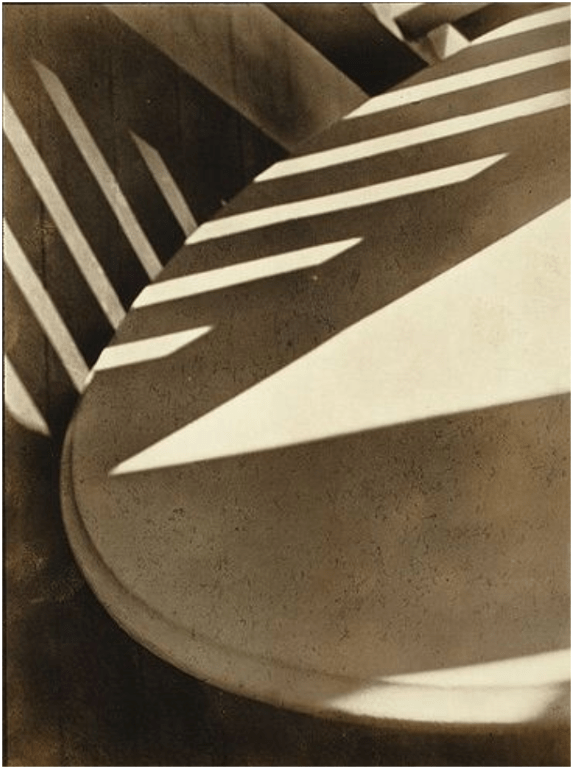Intro to portraiture
What makes a particular photograph a portrait?
Portrait photography expresses identity, personality, mood, and story through human facial expressions or body language, which contains complex themes by using faces and emotions.
Are Selfies Portraits?
It can be identified as a self-portrait, in which the photographer and the model are the same people, a type of art form.
What should or shouldn’t be included within a portrait?
A portrait contains context using techniques such as tone and composition; it’s deep and purposeful. Photographs expressing emotions and identity are included within a portrait.
What makes a “good portrait?”
Personally, a “good portrait” contains a meaningful purpose.
Can a portrait only consist of a small detail, such as a close-up of a hand?
Yes, as long it shows identity context, who you are, and what you are trying to express.
When does a more abstract representation cease to become a portrait – for example, a blurred figure or a photograph of a person torn, ripped, or faded?
Abstraction techniques connect powerfully with portrait photography, which helps the picture express specific emotions and themes. For example, the abovementioned elements might convey a sense of insecurity, chaos, or self-denial.
Is it possible to represent a person photographically without them being present in the image – for example, through a Still-life, an arrangement of inanimate of objects? And if so, can this continue to be called a portrait?
Yes, it is possible to represent a person photographically without them being presented in the image. However, it would not be involved in the portrait category because human is not defined.
Does a portrait have to be a single photograph? How about a sequence of images?
The portrait is not limited to a single photograph; a triptych or other form of multiple portrait photographs can express a coherent strong or a series.
Developing Mind Map
Plan A
Theme – Beauty standard

Visuals – Using editing techniques and props to create a series of portraits expressing identity and the theme of beauty standards. Props included masks, manikin, paper bags, etc. Editing techniques include blur, glitches, collage, etc.
Plan B
Theme – Band spirit

Visuals – Using editing techniques and props to create a series of portraits expressing identity and the theme of band spirit. Props included any band materials and instruments. Editing techniques include blur, tone, crop, etc.
Mood board
After deciding, I choose to continue with Plan B’s concept as the Identity project. And here are some further research on this topic.


Photographer Analyzation- È Yú 鳄鱼
E Yu is a Chinese male photographer that focused his photography career on bands, guitar, bass, and rock. The element of blur, tone, and contrast are frequently found in his photo. The extreme body language and emotion made his photograph impactful, flawlessly expressing the band’s spirit. In addition, his photography changed with the band’s style; for example, he would shoot post-rock bands in black and white and grindcore bands with more abstract elements and high saturation tones. His work expresses the sense of rhythm in the band, as you are able to hear the rock and metal music by looking at his photos.
Photo Gallery

![]()
![]()



Final and Analysation

This is a photo of our band, Carterfly’s bass player. The bass reflected the light flawlessly and became the photo’s central focus, creating a sharp contrast. I tried to express band spirit in this photo by connecting the player and the instrument. This photo represents the identity of being a bass player and a post-rock band member, enthusiastic and influential. In addition, the black-and-white tone is representative of slow, low pitch, and sadness; it also stands out on the bass surface. I was inspired by E Yu’s series of black and white photos, in which he used uniform tone, light, and shadow to capture a scene of post-rock spirit.
Something challenging about the shooting process is the limitation of the rehearsal room, a small environment with weak abundance compared to the live performance. Due to time and resource constraints, I did not get the chance to take photos during live. However, I would love to try it in the future.













































 .
. 


































Recent Comments